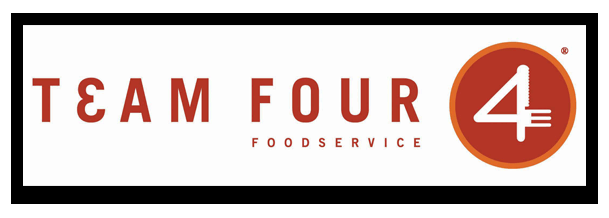 Amp up marketing to stay the course At the time of this writing, American consumers were finally seeing a bit of relief at the gas pump. Though prices are still high by many standards, they have begun to drop since hitting an all-time-high $5 per gallon in June. Fuel sticker shock is a common indicator of how consumers – particularly those in the lowest decile of incomes – are likely to make discretionary purchases: Every 50-cent increase in gas prices results in a $68 billion impact on consumer spending. So any drop in gas prices could translate to a boost in restaurant spending for consumers this summer. Restaurants could feel some relief in other ways too. Decreasing prices for commodities prices suggest operators may see a welcome decline in the cost of goods. While these changes help consumer and operator alike, they may also mean a downturn comes sooner than anticipated. How can restaurants best keep operations humming? Restaurant Finance Monitor suggests that the restaurants that can maintain traffic while holding menu prices steady are likely to prevail. To date, consumers in general have noticed price increases but have not been resisting them. Gregory Francfort, senior restaurant analyst at Guggenheim Partners, said in a recent Bloomberg Intelligence podcast that he has been seeing 8-10 percent price increases across restaurant companies, with operators reporting little consumer pushback. To be sure, consumers who have saved money during the pandemic may still be feeling insulated enough to continue spending, though Francfort anticipates those conditions to persist for no more than four to six months before cracks begin to show. In light of that, restaurants can position themselves to keep traffic coming by shielding themselves from the negativity in the news and focusing instead on taking daily action to bring guests in. Consider out-of-the-box marketing ideas you haven’t attempted before. One bar owner who opened his business at the start of the last recession offered happy-hour specials in the early evening and reverse happy-hour specials before closing to attract guests. (Although margins dipped, the frequent specials brought a lot more people in the door gave the owner a captive audience. He and his staff served them well and focused on bringing them back as regular customers.) Incentivize staff and guests to bring people in or suggest new business leads. Study how consumers are adjusting their spending habits and how you might capitalize on that – for example, if people are staying home in lieu of summer travel this year, how can you appeal to the staycationers? When economic times are good, operators can dial back their marketing efforts. Now is the best time for you to ramp them up.
0 Comments
Leave a Reply. |
More Marketing ArticlesFinding the line on guest spendingGet your message outSocial mediaCategories
All
Archives |
Foodservice CEO is provided for informational purposes only. It is intended to offer foodservice operators’ guidance regarding best practices in running their operations. Adherence to any recommendations included in this Guidance will not ensure a successful operation in every situation. Furthermore, the recommendations contained in this website should not be interpreted as setting a standard of operation or be deemed inclusive of all methods of operating nor exclusive of other methods of operating.
Copyright 2023 Team Four Foodservice, All Rights Reserved.




 RSS Feed
RSS Feed